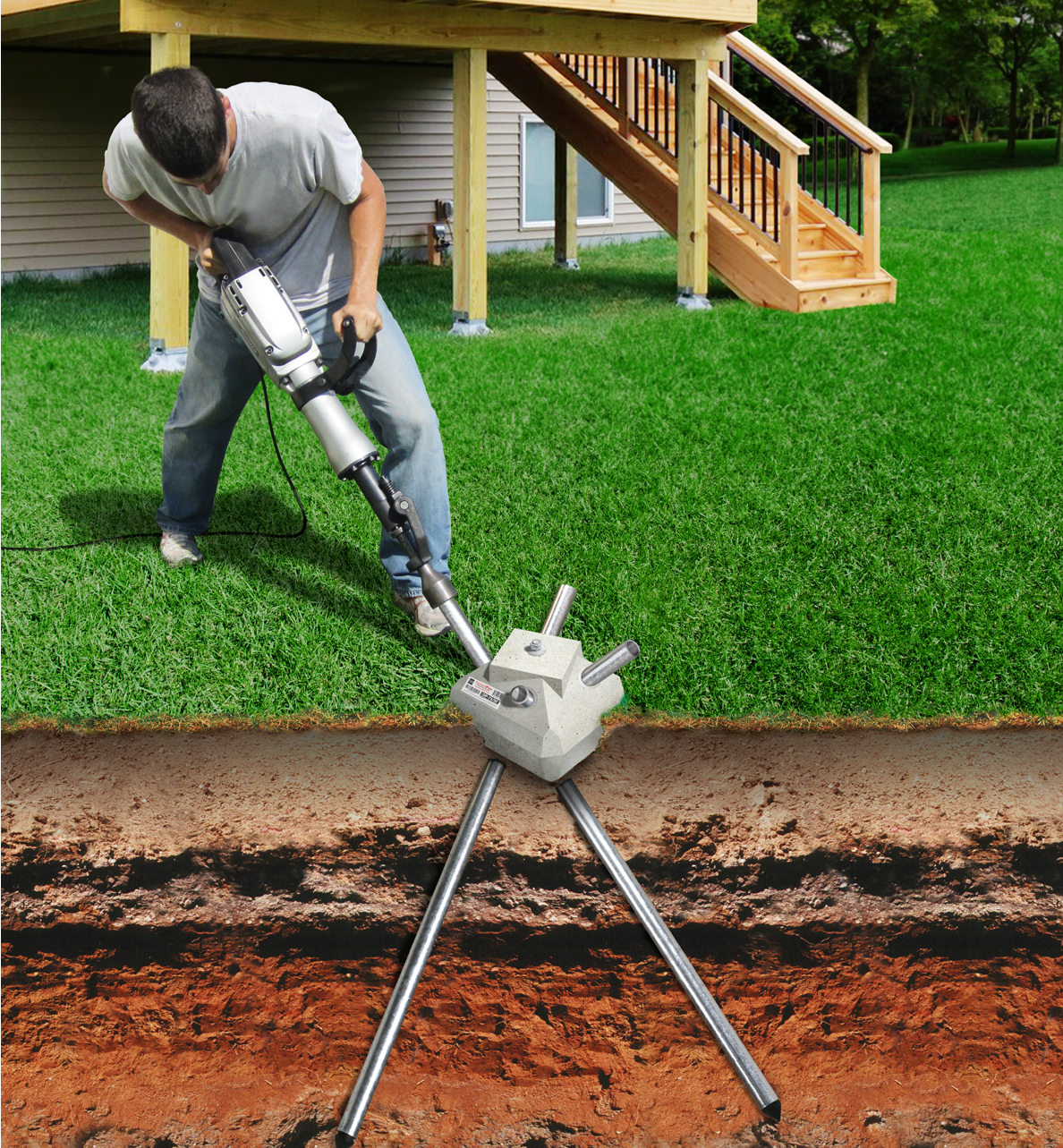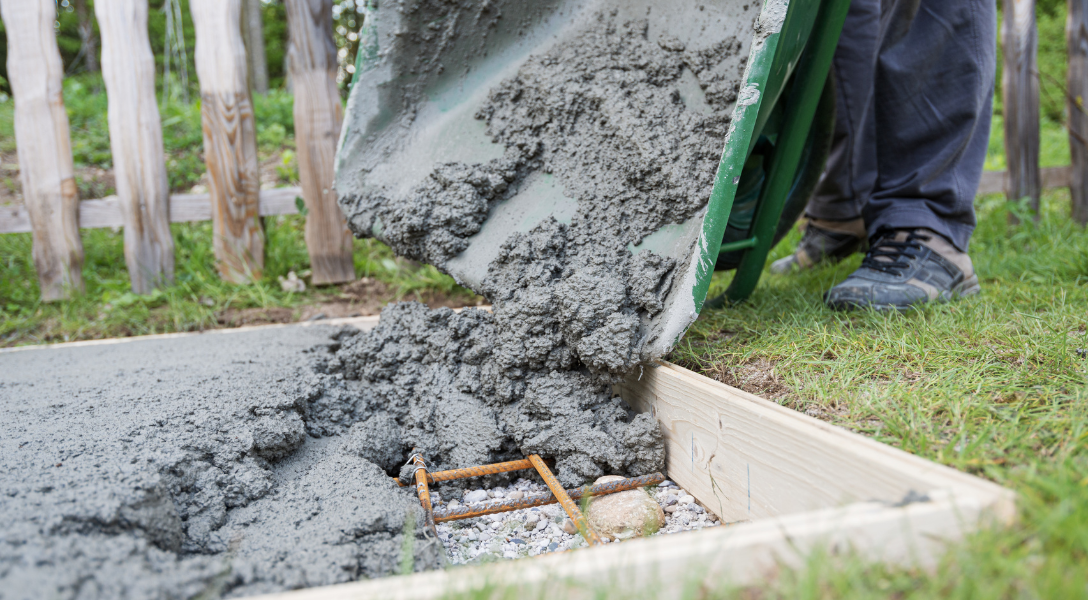Picking the Right Deck Footings for Stability and Longevity
The durability and safety of your deck depend greatly on the type of grounds you choose, as they provide the necessary assistance and stability to withstand the examination of time. In this discussion, we will discover the various types of deck footings, think about the important variables to consider when making a choice, and delve into the pros and cons of various alternatives.
Sorts Of Deck Footings
There are a number of kinds of deck footings that can be utilized, each offering special advantages and factors to consider. One common kind of ground is the concrete pier footing. These footings include a round opening loaded with concrete, which provides a strong foundation for the deck posts. Concrete pier footings are relatively easy to set up and offer outstanding security, making them a preferred choice for many deck projects.
These grounds are mounted by screwing them into the ground, which develops a protected foundation for the deck. They also enable for easy change and progressing of the deck if required.
Alternatively, some building contractors go with precast concrete footings. These grounds are made from sturdy concrete and come in numerous forms and sizes to fit various deck layouts. Precast concrete footings are practical to set up and offer a steady base for the deck structure.
Finally, another option is the post-in-anchor footing system. This sort of footing entails driving a steel support into the ground and attaching it to the deck post. It provides versatility in regards to placing the deck articles and is suitable for decks with lightweight structures.
When choosing the best kind of deck ground, it is vital to take into consideration elements such as soil conditions, deck load, and neighborhood structure codes (Deck Footings). Consulting with a professional service provider or structural engineer can aid make sure the suitable footing is chosen for a secure and secure deck
Elements to Take Into Consideration When Selecting Footings
When choosing the ideal footings for a deck, it is vital to carefully take into consideration different aspects such as dirt conditions, deck tons, and adherence to neighborhood building regulations. These elements play a substantial duty in ensuring the security and longevity of the deck framework.
The type of dirt on which the deck will be built figures out the type of grounds called for. On the other hand, decks constructed on clay or expansive soils might need grounds that can accommodate the dirt's propensity to increase and agreement.
One more vital variable is the deck tons. The weight of the deck, consisting of the products used and any type of potential online tons such as furniture or celebrations, must be taken right into account when selecting grounds. The grounds have to be created to bear the weight of the deck and disperse it uniformly to protect against any kind of structural concerns or failings.
Last but not least, adherence to regional building regulations is extremely important. Building regulations vary from area to area, and it is vital to follow the particular demands established by the regional authorities. Deck Footings. These codes guarantee that the deck is built safely and meets the required criteria for architectural stability and load-bearing capability
Concrete Grounds: Advantages And Disadvantages

Concrete grounds supply a number of advantages and downsides when utilized as the foundation for a deck. On the favorable side, concrete footings offer outstanding security and sturdiness.
An additional advantage of concrete grounds is their versatility. They can be put into various shapes and dimensions to fit various deck styles and configurations. Concrete footings can be customized to fit the specific demands and needs of the deck framework.
Nonetheless, there are additionally some drawbacks to using concrete footings. This can enhance the overall cost of the deck task and may require expert help.

Helical Piers Vs. Sonotubes: Which Is Much better?
In considering the foundation options for a deck, the comparison between helical piers and sonotubes is crucial in figuring out this contact form the superior selection. They are turned right into the ground using hydraulic equipment, supplying a steady and sturdy structure for the deck.
The helical plates on the piers create a solid grip with the dirt, moving or protecting against any activity of the deck. Sonotubes, on the other hand, depend entirely on the concrete loading for stability, which may not offer the same level of strength and resistance.
In terms of installation, helical piers are relatively less complicated and faster to install compared to sonotubes. The hydraulic machinery used to twist the piers right into the ground makes sure a efficient and quick process. Sonotubes, on the various other hand, need excavating openings and putting concrete, which can be lengthy and labor-intensive.
In addition, helical piers are a more versatile choice. They can be made use of in different soil problems and can be readjusted or enhanced if required. Sonotubes, on the various other hand, might need additional support, such as rebar, in certain soil problems or areas with high lots requirements.
Picking the Right Footings for Your Deck's Measurements
For ideal structural honesty, it is vital to meticulously choose the appropriate grounds that straighten with the dimensions of your Continued deck. The dimensions of your deck, including its size, width, and height, play a considerable duty in establishing the type and size of grounds required.
When selecting grounds for your deck, it is vital to consider the load-bearing capability of the soil. The weight of the deck, combined with the weight of any furniture or individuals on it, exerts a substantial force on the grounds (Deck Footings). It is vital to choose grounds that can properly support this weight without shifting or sinking over time.
The size and form of the grounds should additionally be considered. Larger decks with better dimensions require bigger footings to supply enough security and support. The shape of the footings, whether they are square or rounded, depends upon the style and layout of the deck. Additionally, the deepness at which the grounds are mounted ought to be identified based on the frost line in your region to protect against any kind of heaving or shifting because of freezing temperature levels.
Conclusion
In verdict, selecting the right deck grounds is critical for making sure stability and durability. Elements such as the kind of footings, the deck's measurements, and the pros and disadvantages of various options need to Click This Link be thought about.
These footings are composed of a cylindrical opening loaded with concrete, which gives a solid foundation for the deck messages. Concrete pier grounds are fairly simple to mount and offer superb security, making them a preferred option for lots of deck tasks.
Precast concrete footings are practical to mount and provide a secure base for the deck framework.
It offers adaptability in terms of placing the deck posts and is ideal for decks with lightweight frameworks.
Concrete grounds provide a number of benefits and negative aspects when made use of as the structure for a deck.